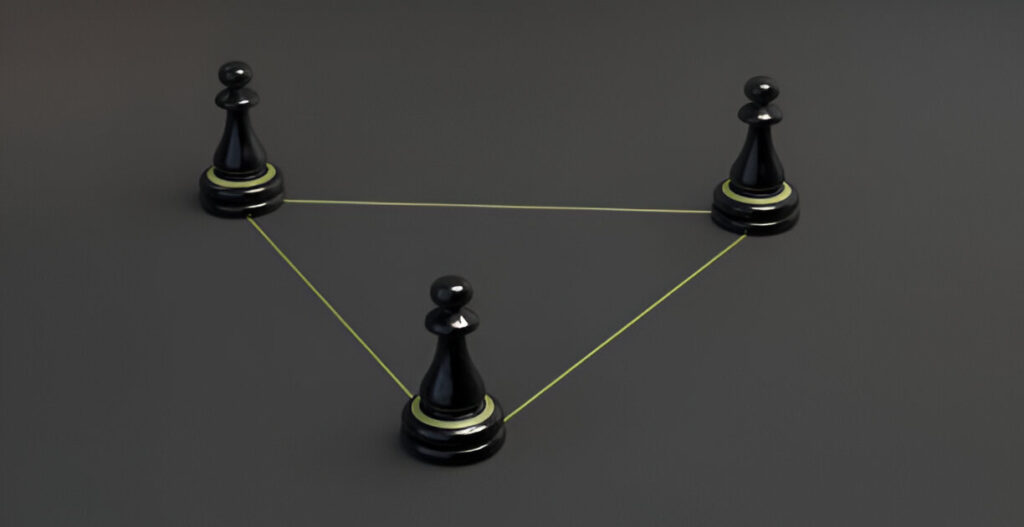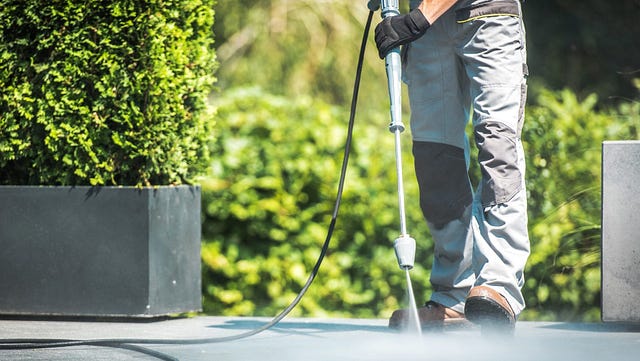
Triangulation Gaining the Upper Hand in King Moves
In the final phases of a chess game, where few pieces remain on the board, precise calculation and strategic depth often determine the outcome. One of the most elegant and instructive tools in such positions is triangulation. Though subtle in execution, triangulation can be a decisive tactic that forces the opponent into a zugzwang—a position where every legal move deteriorates their stance. Mastering this concept can dramatically improve your endgame, especially in king and pawn endings where each tempo matters.
Understanding Triangulation
At its core, triangulation is a maneuver designed to lose a move intentionally. It is typically executed by a king, although other pieces can sometimes perform it. The idea is to move in a triangular pattern—three moves that return the king to its original square, but with a change: it’s now the opponent’s turn.
Why does this matter? In endgames, particularly in pawn structures with limited mobility, gaining or losing the move can flip the balance entirely. A well-timed triangulation can push your opponent into a situation where they must give ground, allowing you to seize key squares or promote a pawn.
The Geometry of Control
The beauty of triangulation lies in its geometric simplicity. In king and pawn endgames, control of critical squares dictates whether a pawn promotes or is stopped. The king, a seemingly sluggish piece, becomes a strategic powerhouse. For example, consider this position:
-
White king on d4, aiming to infiltrate via c5 or e5.
-
Black king on d6, holding the opposition.
Here, direct approaches fail. If White plays Ke4 or Kc4, Black mirrors the move. But through triangulation—Kc4 > d3 > d4—White returns to d4, yet now it’s Black’s move. The defending king must yield, and the infiltration begins.
Triangulation and Zugzwang
Triangulation works hand-in-hand with zugzwang. By creating a situation where the opponent must move, and every move worsens their position, you apply strategic pressure. The king isn’t attacking in the traditional sense—it’s manipulating the rhythm of the game.
In practical play, recognizing when a position can be converted into zugzwang through triangulation requires pattern recognition. Strong players often reach a seemingly equal endgame, only to outmaneuver their opponents through such finesse. This is one reason why endgame mastery separates masters from club-level players.
Real-Game Applications
One classic example of triangulation occurs in a king and pawn versus king ending. Let’s say:
-
White: King on f5, pawn on g4
-
Black: King on f7
White wants to promote the pawn but must avoid stalemate traps or losing tempo. If White plays Kf4, Black responds with Kf6, keeping control. However, if White plays Kg5 > h5 > f5 (triangulating), and it’s now Black’s move, the king is forced to retreat. White then uses the advantage to escort the pawn forward.
Such tactics aren’t merely for textbooks; they arise in tournament play frequently. Successful execution comes from planning several moves ahead, visualizing possible triangulation routes, and foreseeing the resulting zugzwang.
When Not to Use Triangulation
While triangulation is powerful, it’s not always the right tool. In some positions, attempting to triangulate wastes valuable time or miscalculates the opponent’s counterplay. For instance, if the opponent has a passed pawn, attempting a long-winded maneuver may allow it to advance or promote.
Therefore, always weigh whether triangulation will truly place your opponent in zugzwang or merely hand them an opportunity. Accurate evaluation is crucial.
Triangulation with Other Pieces
Though most commonly used with kings, triangulation can be executed with rooks or queens. In rook endgames, triangulation can help win opposition or force the defending king to retreat from key files. In queen endgames, where tempo is especially valuable due to perpetual check threats, a quiet triangulating move might give the attacker just enough breathing room to push a passed pawn.
However, these situations are more complex, and triangulation may involve greater risk due to the open board and high tactical chances. With kings, triangulation is generally safer and easier to apply because the board is usually more closed in pawn endings.
Training Your Eye for Triangulation
The best way to become comfortable with triangulation is to solve endgame puzzles and study classic games where this maneuver was the winning idea. Start with basic king and pawn endings, then move to more complex rook and minor piece scenarios.
Chess literature offers excellent resources for this. A noteworthy mention is the Pawn to King’s End book, which provides a detailed breakdown of advanced endgame concepts. Its rich examples and thematic exercises help players grasp the nuances of tempo manipulation. In fact, those looking for a Pawn to King’s End book overview will find that it dedicates a substantial portion to tactical motifs like triangulation, opposition, and zugzwang, making it a valuable resource for serious learners.
Psychological Edge in Triangulation
Triangulation also has psychological weight. In time pressure or high-stakes situations, opponents might not notice the purpose behind subtle king maneuvers. The sudden realization that a seemingly passive move was actually a trap can be demoralizing.
This is why triangulation, though simple in mechanics, is a weapon of positional mastery. It speaks to a player’s understanding of tempo, structure, and rhythm—a level of control that turns minimal material into maximum pressure.
Famous Examples in Grandmaster Play
Triangulation has been featured in countless grandmaster games. One classic is from José Raúl Capablanca, where he used king triangulation to force zugzwang and win a seemingly drawn position. His elegant maneuvering demonstrates that even with symmetrical material, strategic finesse wins games.
Modern players like Magnus Carlsen often employ similar tactics, especially in endgames where he grinds small advantages. His deep knowledge of tempo control and king activity reflects the enduring importance of these principles, even at the highest level.
Conclusion
Triangulation is more than just a neat trick—it’s a fundamental part of chess strategy that can tip the balance in quiet, technical positions. While tactics may decide the middlegame, it’s the mastery of ideas like triangulation that often decides the endgame.
By understanding how to create zugzwang through calculated king movement, players unlock new dimensions of control. From club players to grandmasters, this tool serves those who appreciate the strategic depth of chess.
Make it a habit to spot potential triangulation patterns in your endgames. Study instructional materials, revisit your own games, and keep improving your sense of timing and tempo. Ultimately, gaining the upper hand with triangulation could be the move that turns a draw into a win.






